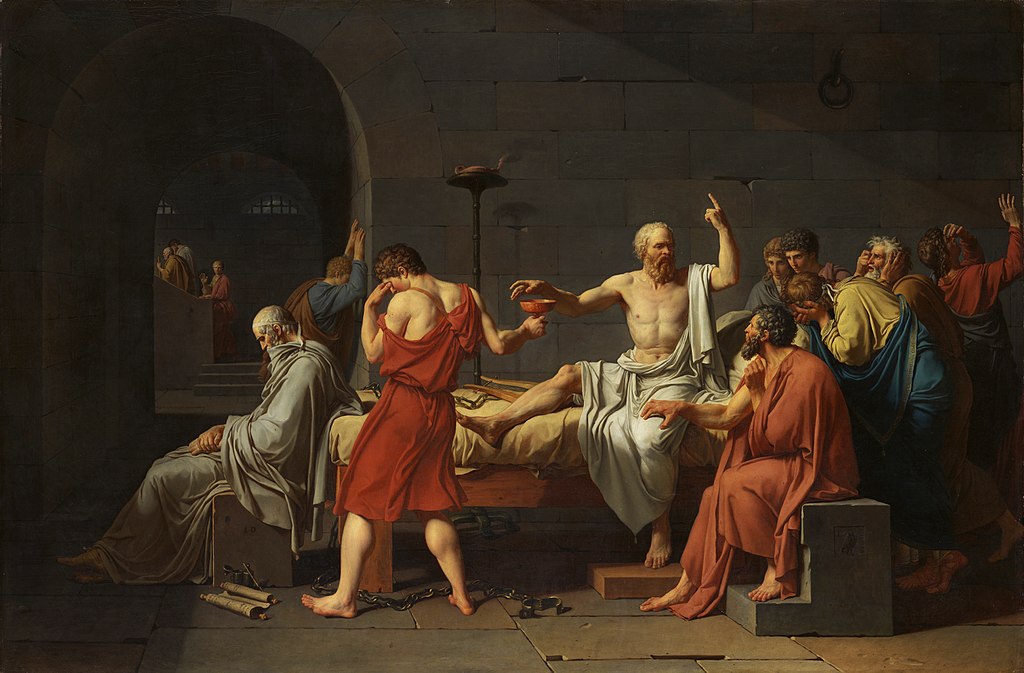A few weeks ago I wrote a blog post about inquiry-based learning in which I explained the purpose of a Wonder Day project and then shared a short example about the history of forks. While this type of project is a lot of fun, and I sincerely hope I get the chance to try it with my students at some point this year, it is not very practical for day-to-day use.
In my student teaching placement this year, the teaching team is working with a new inquiry-based curriculum in language arts. This curriculum strongly encourages cyclical learning, where students read a text multiple times and look for deeper meaning each time. Similarly, students free write over and over and over, gradually choosing writing samples that they want to expand and revise. On the positive side, this method of learning gives students many chances to build on and refine their skills. Where the teachers are struggling, however, is with the fact that students are being asked to build and refine skills they have not yet acquired.

How can students “write in a genre” if they do not know what “genre” is? How can students write argumentative papers if they have never been taught how to identify parts of an argument? The traditional approach would answer this question by saying “we need to take two or three class periods and teach the skills.” The inquiry-based curriculum is saying “let them struggle through it and ask questions, figuring out the answers as a group of peers.”
As is often the case with polarized opinions, maybe the solution can be found somewhere in the middle. Instead of telling students the answers in the forms of lecture, notes, and worksheets, maybe we provide a genre list and then use structured student talk to encourage an inquiry-based approach to understanding. It’s not throwing them into an activity blind, but it’s not giving them answers either.

The problem of implementing inquiry-based learning on a practical level is not unique to language arts classes, either. Even the fun idea of a Wonder Day project will fail if students have never been taught how to research. I love inquiry-based learning. I think the idea of letting students form their own questions and then work (either individually or as a group) to find their answers is a powerful tool for learning. It simultaneously teaches content and helps students form critical thinking and problem solving skills they will need for the real world.
With that said, I am also seeing the danger in inquiry-based learning when students do not have the skills and/or knowledge they need to answer their own questions. When this happens, they might give up on their work completely, learning nothing from it at all, or they might reinforce preexisting bad habits. I don’t know the perfect solution to this conundrum of inquiry-based learning; I think it’s a valuable method, but also one that needs to be used carefully if it is to be successful.
If you have any thoughts or ideas regarding the day-to-day use of inquiry-based learning, please share in the comments!




















